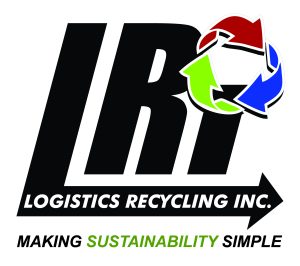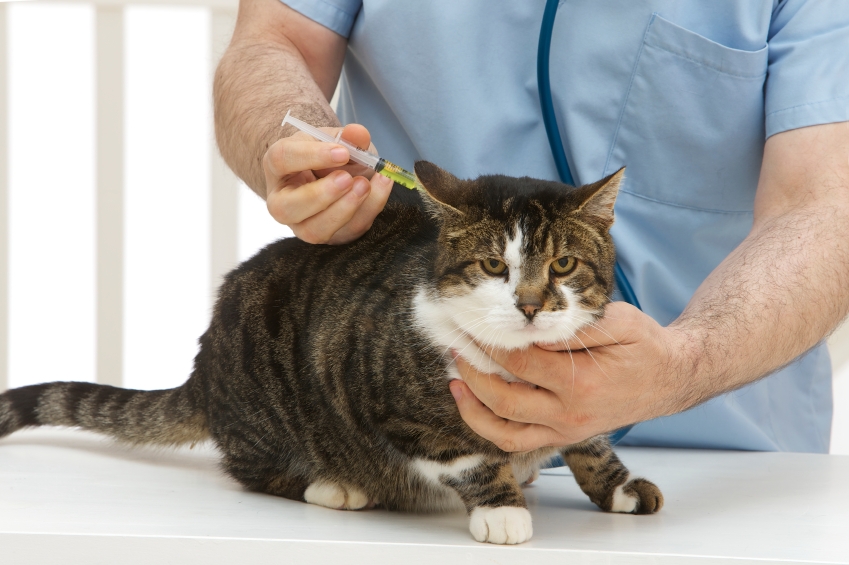To avoid hefty fines, it’s vital that veterinary clinics find compliant and affordable veterinary medical waste disposal services. For those that generate only a small amount of infectious waste, we find the best, and cheapest, way to do this is by using a medical waste mail back system.
When it comes to the disposal of infectious waste, the Department of Natural Resources doesn’t mess around. If you’re caught in violation of any of their state medical waste disposal laws, you could get a fine of up to $25,000. That’s per violation, per day.
What can your clinic do to remain in compliance? We’ll break down several of the primary rules you need to follow to abide by the DNR’s guidelines. We’ll also explain how MERI’s mail back system can help small waste generators dispose of their waste compliantly and affordably.
But first, let’s look at a quick history of medical waste compliance laws. Also, what they mean for veterinarian clinics.
A Brief History of Compliant Medical Waste Disposal
Medical waste hasn’t always been as highly-regulated as it is today. For many years, medical waste was often thrown into the standard waste stream. Out of sight, out of mind.
Then, in the 1980’s, the public began noticing medical syringes and other infectious waste washing up on several East Coast beaches. The Environmental Protection Agency took action.
To protect the public and environment, the EPA developed a framework for proper medical waste disposal. This included segregating and disposing of medical waste separate from standard trash. In addition, tracking the disposal from transportation to destruction (also known as “cradle to grave” manifestation).
While the policies and overseeing governmental agencies have changed since then, the goal is the same: Ensuring all medical waste producers dispose of their waste in a compliant and safe manner.
For veterinarian clinics, this waste generally includes the following:
- Sharps waste – Any needles, syringes, suture needles, scalpels and other similar waste.
- Animal waste – Animal carcasses, body parts, bedding and related wastes that come into contact with bodily fluids.
- Hazardous waste – Chemo or other pharmaceutical waste.
Now, let’s look at several of the key guidelines you must meet to dispose of this waste compliantly.
3 Tips for Compliant Veterinarian Waste Disposal
There is a myriad of regulations and requirements veterinarian clinics (and all infectious and hazardous waste producers) must follow to compliantly dispose of their waste. While we are only going to discuss three of them here, you can find a more comprehensive list in this post.
Properly package waste
You must store and transport your medical waste in containers that meet the Department of Transportation’s requirements. Primarily, this involves using rigid containers that are leak-proof, tamper-proof, spill-proof, puncture-resistant and reusable.
Manifest waste destruction
The entire process of storing and destroying waste must be transparent to the DNR. All waste must be manifested from its transportation to destruction, in a process called “cradle to grave” manifestation.
When using a medical waste disposal company, they’ll provide you a manifest copy proving the material was picked up, where it was transported, and later verifying it was properly destroyed.
Properly transport waste
Transporting more than 50 pounds of medical waste requires a permit. However, applying for this permit is costly and requires lengthy training classes. For this reason, most waste producers outsource their medical waste disposal.
Many infectious waste generators depend on a medical waste disposal company to pick up their waste to ensure they meet compliance obligations. However, producers of small amounts of infectious medical waste – like many veterinary clinics – can also meet these requirements by disposing of your waste through a mail back system.
Compliant Medical Waste Disposal Through the Mail
This system is often called a “Medical Waste Mail Back System.” Through it, you can order a kit, which includes certified infectious waste collection containers (that also hold sharps) that abide by the strict Department of Transportation (DOT) and United States Postal Service (USPS) shipping standards.
Container sizes range from one quart up to two gallons, depending on the amount of infectious waste your facility produces.
After receiving a kit, simply fill your container and ship it directly to your waste disposal company. They’ll notify you by email once they receive it, and then again when they safely destroy the waste. This allows you to manifest your infectious waste destruction in accordance with the requirements we previously explained.
Here’s what each mail back kit usually includes:
- Rigid collection container
- Cardboard box that securely holds collection container
- Heavy plastic collection bag
- Zip-tie bag
- Simple-to-follow instruction sheet
- Manifest to document proper treatment and disposal
- Prepaid return box and shipping label
While the mail back system is convenient, it isn’t ideal for everyone. We recommend a mail back system to facilities that generate less than two, 2-gallon containers worth (about 20 pounds) of sharps and infectious waste per month. If your veterinary clinic exceeds this amount, or has quite a bit of hazardous or pathology materials, it might cost less for a service pickup (you cannot ship hazardous waste).
However, most small waste generators find that calling a waste disposal service could cost up to double the price of using a mail back system, depending on their amount of infectious waste and location. Additionally, these facilities find it’s much easier to simply stick their infectious waste in the mail as opposed to calling a service and preparing it for transportation.
No matter how your veterinary clinic stores and disposes of its infectious and hazardous medical waste, it’s crucial to do it competently and safely. If you produce a small amount of infectious medical waste, a medical waste mail back system may be the easiest and cheapest way stay in compliance.





